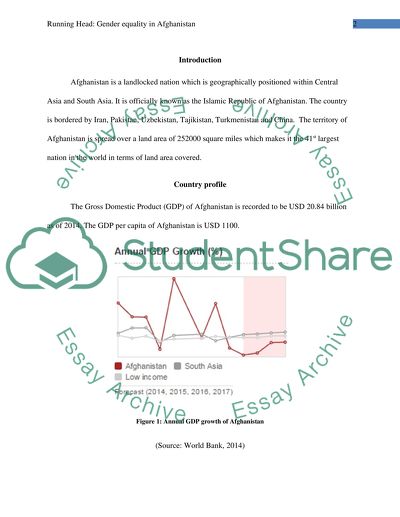Cite this document
(“Is there a gender equality in Afghanistan, and have they empower women Research Paper”, n.d.)
Is there a gender equality in Afghanistan, and have they empower women Research Paper. Retrieved from https://studentshare.org/macro-microeconomics/1699756-is-there-a-gender-equality-in-afghanistan-and-have-they-empower-women-and-give-them-the-chance-to-represent-the-afghan-society
Is there a gender equality in Afghanistan, and have they empower women Research Paper. Retrieved from https://studentshare.org/macro-microeconomics/1699756-is-there-a-gender-equality-in-afghanistan-and-have-they-empower-women-and-give-them-the-chance-to-represent-the-afghan-society
(Is There a Gender Equality in Afghanistan, and Have They Empower Women Research Paper)
Is There a Gender Equality in Afghanistan, and Have They Empower Women Research Paper. https://studentshare.org/macro-microeconomics/1699756-is-there-a-gender-equality-in-afghanistan-and-have-they-empower-women-and-give-them-the-chance-to-represent-the-afghan-society.
Is There a Gender Equality in Afghanistan, and Have They Empower Women Research Paper. https://studentshare.org/macro-microeconomics/1699756-is-there-a-gender-equality-in-afghanistan-and-have-they-empower-women-and-give-them-the-chance-to-represent-the-afghan-society.
“Is There a Gender Equality in Afghanistan, and Have They Empower Women Research Paper”, n.d. https://studentshare.org/macro-microeconomics/1699756-is-there-a-gender-equality-in-afghanistan-and-have-they-empower-women-and-give-them-the-chance-to-represent-the-afghan-society.


